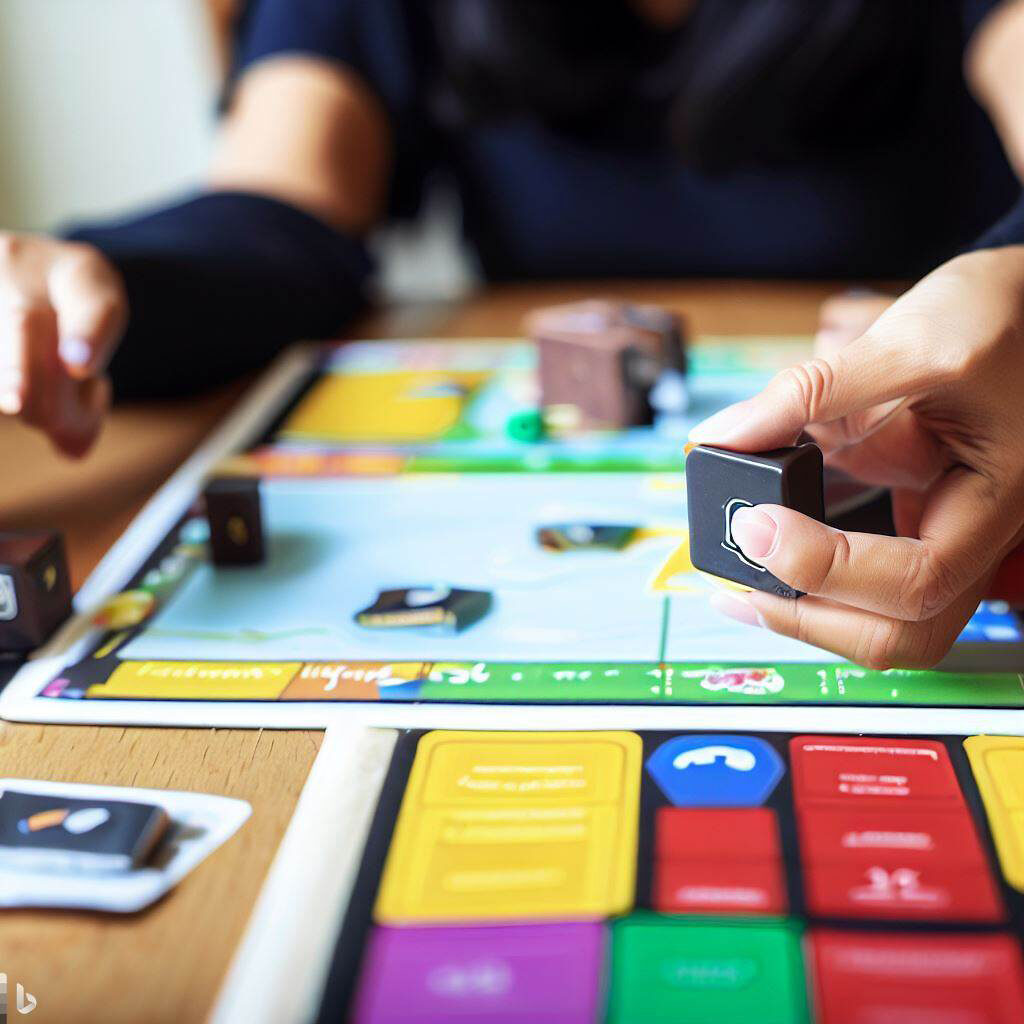
If you’ve ever found yourself scrolling through social media feeds or binge-watching a series on Netflix, you’ve likely been caught in a ‘ludic loop.’ This concept, while sounding rather technical, is one that permeates our everyday life, particularly in our engagement with technology and media.
What is a Ludic Loop?
To break it down, ‘ludic’ comes from the Latin word ‘ludus,’ which means ‘game.’ A ludic loop refers to a cycle of actions in which you perform a task, receive a reward (like a sense of achievement or enjoyment), and then repeat the task to receive the reward again. It’s a pattern that game designers often use to keep players hooked, but it’s also a fundamental concept that applies far beyond the world of video games. It forms the basis of what we call “gamification,” but it’s very different from Game Theory (which will be a completely separate post later—after I understand it myself).
Ludic Loops in Daily Life
At this point, you might be thinking, “That sounds like many things I do daily!” And you’re absolutely correct. Ludic loops aren’t restricted to digital realms. They can exist in physical activities too. Consider your morning coffee ritual: you make a cup (action), sip and feel awake and satisfied (reward), and then look forward to making another cup the next morning (repetition). The same goes for reading a book, where you finish one chapter (action), enjoy the satisfaction of the story or knowledge gained (reward), and then pick up the book to read the next chapter (repetition).
Even tasks at work follow this pattern. You complete an assignment (action), feel the satisfaction of getting it done (reward), and then move on to the next task (repetition).
Harnessing Ludic Loops Constructively
Now that we’ve identified these patterns, how can we use them to our benefit? The secret is understanding how to use these loops to develop positive habits and increase productivity, rather than letting them lead us into time-wasting spirals.
Take learning a new skill, like playing an instrument or coding. Break it down into manageable tasks where you learn a bit, practice it, and then learn some more. The sense of achievement from mastering each part keeps you engaged and motivated.
You can also apply ludic loops to healthy routines. Planning a regular exercise schedule? Design it as a cycle of workout, rest, and repetition. Each completed workout gives you a sense of accomplishment, motivating you for the next session.
And what about enhancing productivity at work or home? Break your tasks into smaller ones, with a short break after each completion. This method, known as the Pomodoro Technique, creates a productivity loop, keeping you engaged without feeling overwhelmed.
There is something of a trap, though, that I’ve fallen into myself when trying to create effective ludic loops. I often try to squeeze another task in disguised as a reward. For example, when I finish this task, I’m going to “reward” myself with five minutes on the treadmill. Well, using the treadmill is not a reward for me, it’s actually another task. I need to find a different reward for the first task, or make five minutes on the treadmill an actual part of the first task and find a different reward for the combination.
What are some ways you use ludic loops?
The world around us is filled with ludic loops. By understanding them, we can harness their power to improve our lives, develop new skills, and foster healthier habits. Now that you’ve read about them, you’ll probably see them everywhere. But remember, as with any activity, balance is key. After all, too much of any good thing can tip the scale the wrong way!
